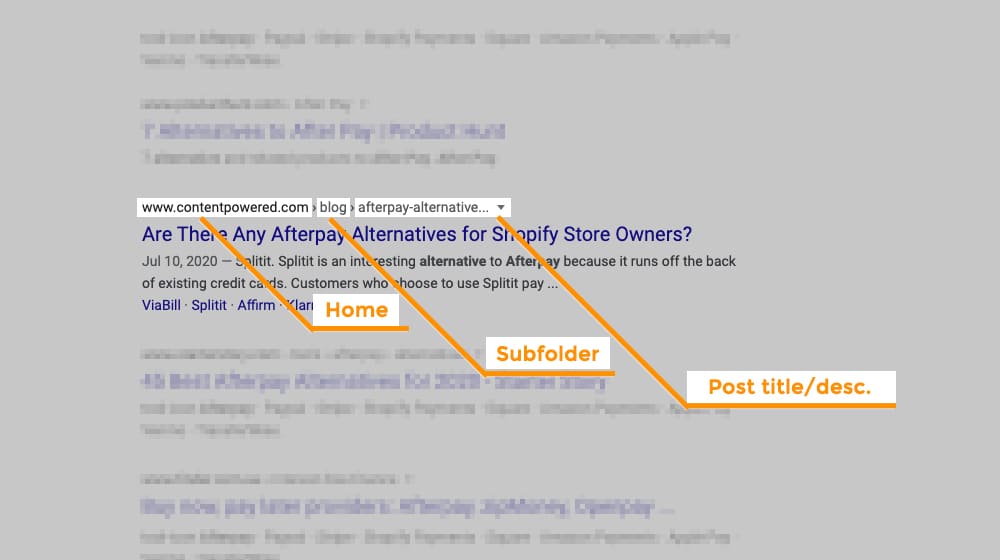

Works in the same way as ie, so you can tinker away, but it won't do anything.Ĭhanges the interface language. This defaults to UTF-8, and is worked out server-side, hence changing it doesn't do anything.Ĭontrols the output encoding settings. Change to btnI to get the I'm Feeling Lucky button result.Ĭontrols the input encoding settings. Simulates a click on the normal Google results buttpm. Set to on to activate, and off to turn it off. Turns off AdWords database connection, so your browsing won't show up as an impression, and will disable the URLs. Set to 1 to activate, and 0 to turn it off. Set to 1 to activate, and 0 to turn it off.Ĭontrols whether personalised search is on or not. Very useful for opening lots of documents at a time, for competitor research. To turn it off, change active to images.įinds sites Google thinks are related to the URL you put in.įinds sites that link to the URL you put in. They are, in order, add, subtract, divide, multiply, raise to the power of, and return x percentage of. Returns results with listings that contain both words, with other words between them.


Returns definitions for the word you put in.Īnd another q= parameter add-on. Returns results for the term used and synonyms. The %2B is actually the + sign encoded, and will return results featuring only the term used, with no pluralisations, alternate tenses, or synonyms.Īnother one that's appended to the q= parameter. Works with $, £, and other such things.Īgain, this is appended to the q= parameter. Very useful for finding products in a price range, when combined with the site limiter. For example, if you wanted to find documents with numbers between 15 and 100, you'd put in 15.100. What this does though is let you search for results between numeric ranges. Like the allin parameters, this is actually appended to the q= parameter. This also works with allintext to search page body text, allinurl for searching the URL, and allinanchor for finding sites that are linked to with certain anchor text. This is actually appended to the q= parameter, hence a search for fishing with the allintitle term "sea bass" would require the following query: If you want to make up your own, put the bits you want in brackets, separated by pipe characters (|), and exclude the bits you don't by putting them in brackets, preceded by.
GOOGLE DIRECT URL SEARCH FREE

Basically, it's like a more advanced version of the one above, using an "or" filter. Results must include one or more of the words in this string. Results must include the query, in the word order displayed. Here's where (if you have no girlfriend), things get interesting. Words are separated by + signs.Įverything from here on in is preceded by an & sign, as it's tagged on to the end. If you didn't know that bit, you're probably Amish.
GOOGLE DIRECT URL SEARCH HOW TO
Yes, I really do believe people reading this might be sad enough to answer "yes" to the question "Ever wanted to know how to construct your own Google search strings?" So with that in mind, here are Google's search string parameters.


 0 kommentar(er)
0 kommentar(er)
